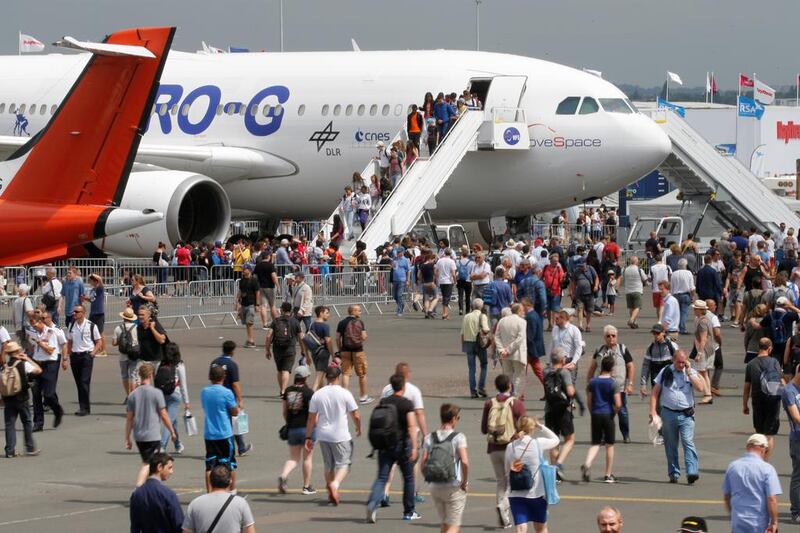Orders for commercial aircraft are expected to continue this year as global aerospace and defence companies look to invest in innovation to counter competition, according to a Deloitte report.
Overall, the global aerospace and defence (A&D) sector revenues grew by 2.4 per cent over 2015 to reach US$674.4 billion last year, according to Deloitte’s Global Aerospace and Defence Financial Performance Study released yesterday.
Of that amount, the companies analysed added $15.7bn in revenues, with growth primarily driven by the European commercial and US defence subsectors. The report analysed top 100 global A&D companies, such as Airbus, Boeing, BAE Systems and Lockheed Martin.
While the global defence subsector was still larger than the commercial aerospace subsector in terms of revenues, the latter outstripped the defence subsector in terms of growth rate even as defence spending increased globally.
Revenue from the defence subsector grew by 2.1 per cent last year over 2015 to $351.3bn, led by the US. Global growth in the defence and commercial aerospace subsectors could augur well for the UAE.
“In the UAE, the air traffic growth is expected to continue [fuelled by economic growth in China and India] and expansion of Emirates and Etihad, driving the growth of the UAE aviation sector,” said Rashid Bashir, the partner and public sector leader at Deloitte, Middle East. “In the defence space, given the security situation and the challenges, the government is expected to keep on spending.”
That could translate into more commercial aircraft orders from the UAE airlines and defence spending from the UAE, Mr Bashir said.
Mubadala’s Strata, which manufactures parts for European and US aerospace companies such as Boeing, Airbus, Leonardo, Facc Austria, Sabca Belgium and Sweden’s Saab, expects to expand its Al Ain plant this year and create about 500 jobs.
“The continued growth in air travel demand and the huge airplane backlogs already means that [the global aerospace companies would] continue to expand their portfolio and work capability,” said Saj Ahmad, chief analyst at the London-based StrategicAero Research. “And that in turn means more UAE aerospace jobs.”
The global commercial subsector grew at 2.7 per cent last year to touch $8.4bn.
The growth rate was, however, down from 6.3 per cent in 2015 over 2014. The commercial aircraft backlog was at a record high last year at 13,687 aircraft.
Commercial aircraft deliveries grew in Europe at 8.3 per cent in 2016 over 2015. In the US it reported a decline of 1.8 per cent over 2015. The US commercial aircraft subsector delivered 1,436 aircraft globally.
In the past decade, the UAE airlines bought more aircraft in dollar value than any other region.
The five-day Dubai Air Show from November 12 could involve more orders from UAE airlines, said Mr Ahmad. “The Dubai Air Show could certainly see Emirates buy the likes of the 787 family to help grow its fleet where [Boeing] 777s and [Airbus] A380s are too big,” he said. “We’ll see Air Arabia look towards a major order to replace its ageing A320 fleet, having lost its performance edge to flydubai, who will induct their first fuel-efficient 737 MAX 8 later this year.”
Globally, about 35,000 aircraft will be delivered between 2016 and 2035, according to the Deloitte report.
ssahoo@thenational.ae





